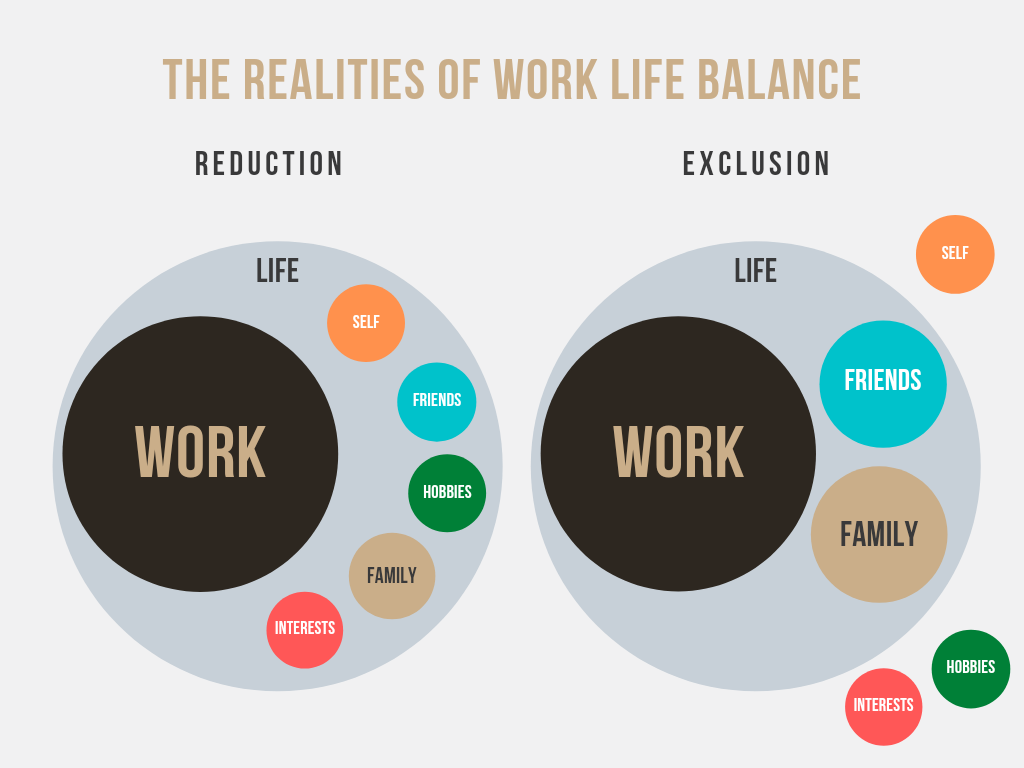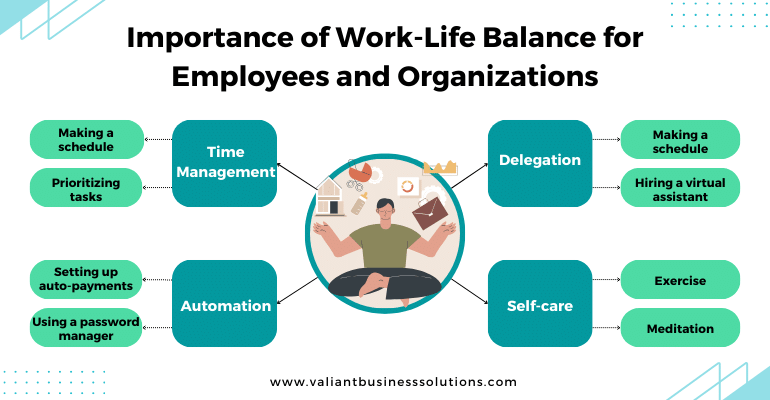Work-life balance has become one of the most pressing challenges facing today’s leaders. While once seen as a personal pursuit, it is now a central organizational priority tied to employee well-being, productivity, and retention. Companies are increasingly recognizing that balance is an essential component of building sustainable, high-performing teams.
But for leaders, work-life balance often feels elusive, with competing priorities and an unrelenting pace of work. The good news? Balance is not a rigid state or a one-time achievement. When approached as an ongoing cycle, it unlocks meaningful transformation for leaders, teams, and organizations.
This blog explores the evolving nature of work-life balance, the role leaders play in enabling balance, and practical, actionable strategies to drive sustainable harmony in your organization.

The Evolving Nature of Work-Life Balance
Work-life balance today looks vastly different than it did a decade ago. Changing expectations, increasing workplace demands, and the boundaries between home and office increasingly blurred by remote work all factor into this paradigm shift.
Balance as a Cycle, Not a Destination
Work-life balance shouldn’t be a one-and-done checklist. At Leadership Circle, we view balance as an ongoing cycle of reflection and adjustment. Leaders who successfully balance work and personal priorities continuously evaluate their evolving needs, reprioritize, make adjustments, and course-correct where necessary.
This cyclical approach mirrors how effective leaders set and adapt organizational priorities. As leadership evolves, so too should the strategies leaders use to maintain equilibrium, ensuring both personal and team priorities are met.
Changing Employee Expectations
Expectations have shifted significantly in recent years. According to research by Business News Daily, flexible work arrangements and well-being initiatives often outweigh salary as a priority for employees. The pandemic accelerated this shift, with employees increasingly valuing roles that allow them to integrate personal and professional priorities seamlessly.
For leaders, meeting these expectations goes beyond offering flexible work policies. It’s about creating an organizational culture that genuinely invests in employee well-being.
The Emotional Benefits of Balance
Work-life balance isn’t just about time management—it has profound psychological effects. The Happiness Index reveals that balanced employees feel more engaged, productive, and happy. Their research shows that companies with an emphasis on well-being often see improved performance and significantly lower burnout rates.
When leaders acknowledge this emotional component, they foster environments where both individuals and teams thrive.

The Role of Leaders in Enabling Work-Life Balance
True work-life balance starts at the top. Leaders set the tone, model behaviors, and shape the culture that allows teams the freedom to prioritize both work and personal lives effectively.
Lead by Example
Leaders who exemplify balanced behavior inspire their teams to do the same. According to Harvard Business Publishing, self-awareness is critical. Reflecting on one’s own balance (or lack thereof) helps leaders adopt healthier practices that resonate across their teams.
For instance, leaders can designate email-free hours, take regular time off, or openly prioritize personal commitments—all while maintaining accountability and focus. Also, tools like Leadership Circle assessments enable leaders to gain greater awareness of their patterns and build balanced, effective leadership styles.
Build a Flexible Workplace Culture
Flexibility is now a baseline expectation. Leaders must aim to scale and sustain a culture where flexible arrangements—like remote work, adjustable hours, or even compressed workweeks—are the norm rather than the exception.
Practices such as empowering employees to establish boundaries or encouraging asynchronous communication can enhance flexibility without sacrificing productivity. These practical steps improve work-life integration and contribute to happier, more engaged teams.
Foster Psychological Safety
Psychological safety—the belief that the workplace is a space of trust and support—is foundational to balance. When employees don’t fear consequences for setting boundaries or prioritizing their well-being, they are more likely to thrive.
The Leadership Circle’s principles emphasize the relational intelligence required to build trust-based environments. Leaders who foster open communication and genuinely value their team’s concerns create an atmosphere where personal productivity and workplace satisfaction go hand in hand.
Practical Strategies for Sustainable Balance
Cycle-Based Planning
Leaders can plan for balance in cycles rather than static goals. For individuals, this might include planning heavy work commitments around lighter personal periods and vice versa. For teams, leaders should regularly evaluate workloads and adjust based on shifting demands.
Encourage managers to hold quarterly “balance conversations,” helping teams identify seasonal stressors or opportunities to optimize workflows. This promotes intentional balance on both organizational and individual levels.
Leverage Technology Wisely
Modern workplaces are rife with technology that enhances efficiency—when managed correctly. Tools like project management platforms and automated workflows can streamline operations, preventing employees from feeling overwhelmed.
At the same time, set clear boundaries for technology use. Outdated practices, like expecting 24/7 responsiveness or weekend emails, should be replaced with policies that respect downtime (e.g., no work emails after 6 PM).
Measure and Prioritize Well-Being
Metrics matter in balance. Tracking employee well-being alongside performance, retention, and engagement helps provide a clear picture of how teams are truly doing.
Leadership assessments provide actionable insights into organizational culture and leadership effectiveness, turning intangible concepts like balance into measurable opportunities for improvement.

Work-Life Balance as a Competitive Advantage
Organizations that prioritize balance aren’t just doing the right thing—they’re also gaining a competitive edge.
Retention and Performance Benefits
Research consistently links work-life balance with higher retention and performance. Balanced employees are more likely to stay at companies for the long term, make fewer errors, and maintain consistently high engagement levels.
As Vorecol notes, engaged companies saw operating income rise by 19% while disengaged ones saw declines. Leaders who prioritize balance have an unparalleled opportunity to build thriving, loyal teams.
Balancing for Leadership Impact
Achieving balance throughout your organization and on an individual level requires a shift in mindset—from seeing it as a static goal to viewing it as an ongoing cycle.
By leading with self-awareness, fostering flexibility, and implementing practical strategies, leaders can build high-performing, engaged teams that thrive both inside and outside of work.
Take the next step toward redefining balance in your organization. Discover how The Leadership Circle empowers leaders to achieve balance, drive results, and create impact. Contact us today.






This was a clear and concise read—great job!
I appreciate the knowledge shared here. It aligns with some of my own findings, which I’ve compiled on my website.
I’m always looking forward to reading more from you—great work!
This article has been extremely useful for me.
This article has made things much clearer for me.